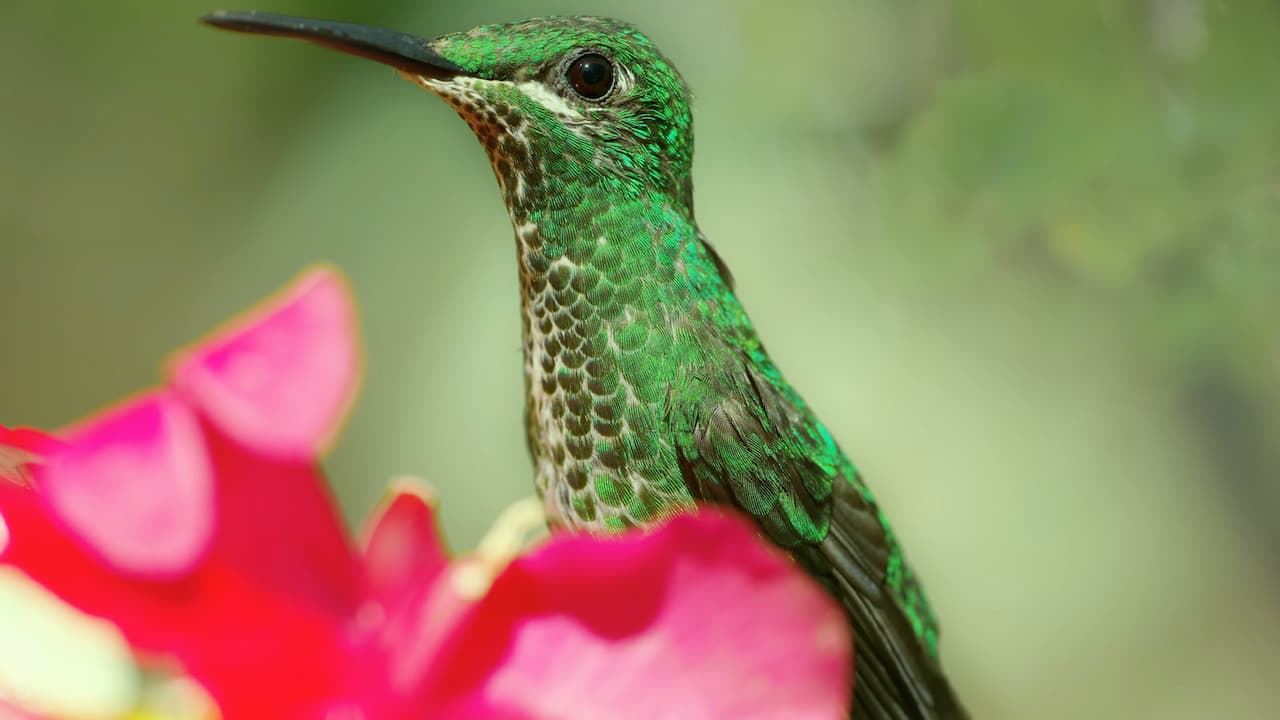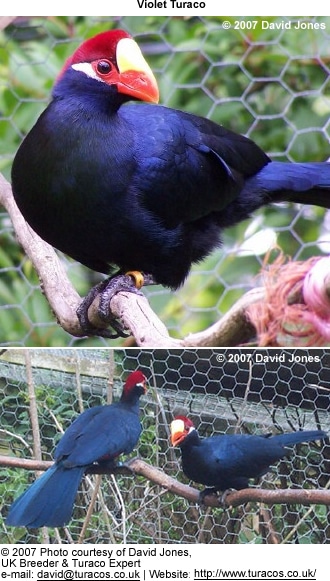Yellow-thighed Finch (Pselliophorus tibialis)
The Yellow-thighed Finches (Pselliophorus tibialis) – also known as Yellow-thighed Brushfinches or Yellow-thighed Sparrows – occur naturally in Central America.
These long-tailed finches are mostly sooty, slaty grey or black, except for the bright yellow thighs for which they were named.
These birds can be quite approachable, and are often seen in pairs, family groups or in mixed-species feeding blocks.
Distribution / Habitat
The Yellow-thighed Finches are native to the highlands of:
- extreme southwestern Panama in western Chiriquí highlands, from the Parque Nacional La Amistad to Boquete; and
- Costa Rica, in Talamanca Cordillera, Central Cordillera, and the Tilarán Cordillera . Previously found on the central plateau of Costa Rica, which now is largely deforested.
They inhabit tropical wet mountain forests, second growth, bamboo-choked ravines, scrubby pasture and bushy clearings, at an altitude of 1,500 meters (5,000 feet) up to the timberline (treeline).
Non-breeding birds may move down to 1,200 m (about 4,000 feet) on the Caribbean slope of Costa Rica.
Description
Size
Length:
- Body: Males average 7.2 inches or 18.3 cm; females 6.8 inches or 17.3 cm
- Tail: ~3.3 inches or 8.5 cm
- Wing: ~ 3 inches or 7.7 cm
- Bill: ~ 0.57 inches or 1.45 cm
Weight: Average: 1.1 oz or 30 g
Plumage Details / Adults
Adults have a mostly dark grey plumage that turns deep black on the head, throat, wings and tail, and have an olive tinge to the abdomen and chest. They are most easily identified by their bright yellow thighs that almost glow and contrast sharply with the bird’s otherwise dark plumage, and are even visible under low-light conditions. Some birds have white spots at the bends of the wings.
Other Physical Details
They flick their tails as they move about the understory. The irises (eyes) are dark rusty brown and the bill is black. The legs and toes are blackish / grey.
Gender ID
Males and females look alike.
Juvenile Description
Immature birds have a duller, sootier plumage with a brown tinge to the upper plumage and olive-brown thighs.
Similar Species
This bird can only be confused with the Yellow-green Finch (P. luteoviridis), but the latter has a drab olive green wash to the chest, abdomen and undertail coverts.
Diet / Feeding
Yellow-thighed Finches feed on …
- nectar by pinching the corollas of tubular flowers (such as Jacobinia aurea, Salvia nervata) to squeeze out the nectar
- insects, spiders – plucked from within bromeliads and off the ground
- small seeds
- Mullerian bodies (proteinaceous capsules produced by many ant-associated tree species)
- berries (such as Leandra subseriata, Melastomataceae)
- fruits (such as Witheringia solanacea and W. coccoloboides, Solanaeceae)
They typicallly forage in pairs or small family groups.
Breeding / Nesting
Most breeding activities are observed from March to May. The female constructs the bulky open cup nest out of dry grass and dried bamboo leaves. The nest is usually placed 1.6 -15 feet (0.5 – 4.6 meters) above the ground in the canopy of trees
The average clutch consists of two brown-blotched white or pale bluish eggs, which she incubates for about 12 – 14 days. The young fledge (leave the nest) when they are about 12 days old.
The male doesn’t appear to be involved in raising the young.
Calls / Vocalizations / Sounds
Their songs consists of bubbly whistles, high dry notes, tee tididee dee wink wink, tee tiddy dee dee wink wink or pitty me sweet or pitty me sweet sweet or t’chip-didichichi or similar phrases repeated rapidly at length. They emit heavy metallic tchuk or cheeky quick calls. Pairs greet each other with a twittering tinkling greeting.
https://www.xeno-canto.org/embed.php?XC=107446&simple=1
Alternate (Global) Names
Chinese: ???? … Czech: Habije žlutonohá, pipilo žlutostehenný … Danish: Gullåret Finke
Dutch: Geeldijstruikgors … Finnish: Keltahoususirkku … French: Bruant à cuisses jaunes, Tohi à cuisses jaunes, Tohi noir … German: Gelbschenkel-Buschammer … Italian: Fringuello zampegialle, Passero dai calzoni gialli … Japanese: kurokimomoshitodo … Norwegian: Gulbuksespurv … Polish: golenczyk ciemny … Russian: ??????????? ??????? … Slovak: strnádlik pancuchový … Spanish: Cerquero Musliamarillo, Sabanero de Piernas Amarillas, Saltón de muslos amarillos … Swedish: Gulbent fink
Further Finch Reading
- Finch Information
- Index of Finch Species
- Photos of the Different Finch Species for Identification
- Common Health Problems of Finches
- Finch / Canary Diet / Nutrition




